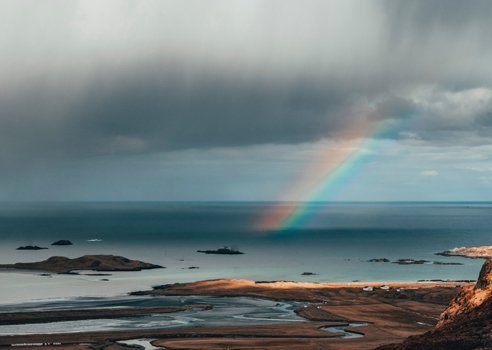Reading time: Just over 1 minute
Increase your vocabulary and you’ll make your writing much more precise. That’s why I provide a word of the week. Today’s word: skerry….
An award-winning poet and storyteller, Michael Crummey was born in Buchans, a mining town in the interior of Newfoundland. He writes about life in Newfoundland with great authority.
I travelled in Newfoundland for a month, several years ago and was amazed by both the accents and the vernacular. The province felt like a foreign country, with all the benefits and challenges that statement implies.
As a result, I wasn’t surprised to find some language that was new to me in Crummey’s latest book The Innocents. He used the word skerry or skerries numerous times and I wasn’t sure what he meant. Here’s one example:
It was too large to clear the skerries, anchoring off on the Barrow Ledge, and their father had always rowed out to meet it alone.
It turns out that a skerry is a small, rocky island not large enough for human habitation. The noun dates back to 1610 and comes from Old Norse sker, meaning “isolated rock in the sea.” And in turn, this word comes from Proto-Germanic *skarjam, meaning “to cut,” on the notion of “something cut off.”
Skerries are also known as low sea stacks and are usually found in clusters. Some skerries in the world have limited vegetation cover, mainly made up of mosses and grass and few are large enough to be temporarily inhabited by small marine mammals and birds.
Skerries are typically found off the coast of Russia, the UK, Norway and Canada. In Russia, the Minina Skerries are a series of islands situated in the Kara Sea in northern Siberia from the mouth of the Pyasina River to the Mikhailov Peninsula.
A notable skerry in the United Kingdom in Dubh Artach, situated on Scotland’s west coast and about 18 miles west of Colonsay. Dubh Artach is a Scottish Gaelic word meaning “The Black Rock.”
The photo at the top of this blog shows some skerries in Norway.
An earlier version of this post first appeared on my blog on Oct. 23/19.


